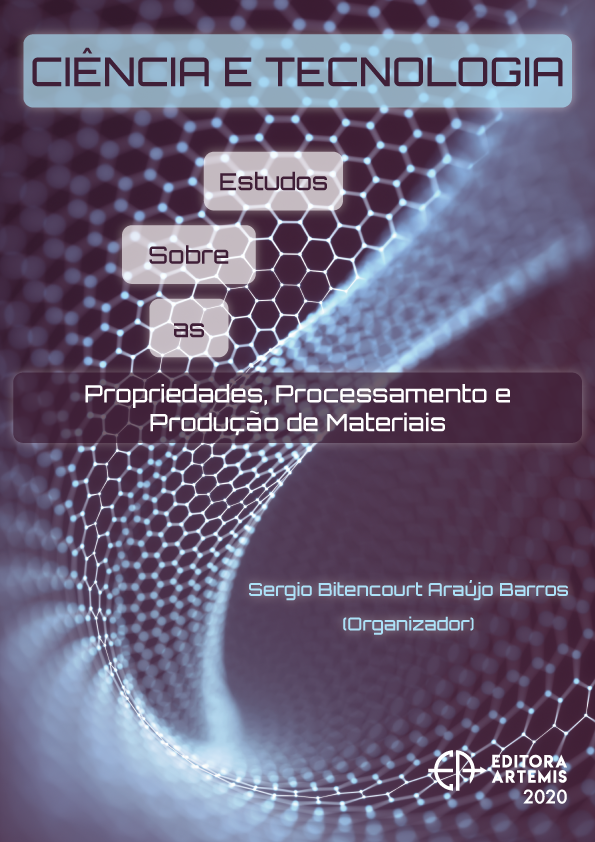
APROVEITAMENTO DE RESÍDUOS DE MINÉRIO DE MANGANÊS PARA OBTENÇÃO DE PELOTAS
Atualmente o processo de pelotização tem sido eleito como a melhor opção de aglomeração de finos de minérios devido à crescente escassez dos minérios ricos nos metais de interesse. Este trabalho teve como objetivo o estudo da influência de diferentes intervalos de tempo durante a queima em pelotas de resíduo de minério de manganês. As pelotas foram queimadas em quatro condições diferentes: 1155°C durante 10min, 1155°C durante 30min, 1160°C durante 10min e 1160°C durante 30min. Após a queima, os produtos foram caracterizados por MO, MEV/EDS, difração de raios X, densidade geométrica e ensaios de compressão. Nas análises feitas em MEV/EDS detectaram-se fases com predominância de manganês e outras ricas em silício evidenciando a presença de quartzo. Pela difração de raios X foram detectadas as fases: bixbyita, jadeíta, magnesioferrita, bustamita, aegirina, diopsídio e braunita. Para as pelotas verdes a média dos valores de densidade geométrica foi de (1,41±0,12)g/cm³, já a média dos valores de densidade geométrica para as pelotas queimadas foi de (1,26±0,21)g/cm³. A maior resistência mecânica encontrada durante os ensaios de compressão foi de (0,43±0,3)kN para a condição de trabalho de 12% de CaO, queima a 1160°C por 30min. Para todas as condições de trabalho, o intervalo de tempo de 30min foi mais efetivo para o aumento de resistência mecânica.
APROVEITAMENTO DE RESÍDUOS DE MINÉRIO DE MANGANÊS PARA OBTENÇÃO DE PELOTAS
-
DOI: 10.37572/EdArt_1872610207
-
Palavras-chave: pelotização, caracterização, aproveitamento de resíduos de minérios
-
Keywords: pelletzing, characterization, reuse of ore tailings
-
Abstract:
Currently, the pelletizing has been chosen as the best option for agglomeration of ore fines due to the scarcity of high-grade ores. This work aimed to study the influence of different times and temperatures of burning on the pelletizing of manganese ore tailings. The pellets were burned in four different conditions: 1155°C for 10min, 1155°C for 30min, 1160°C for 10min and 1160°C for 30min. After burning, the products were characterized by OM, SEM/EDS, X-ray diffraction, geometric density and compressive strength tests. In the SEM/EDS analyzes, phases with predominance of manganese and silicon were detected, showing the presence of quartz. The X-ray diffraction detected the phases: bixbyite, jadeite, magnesioferrite, bustamite, aegirin, diopside and braunite. For the green pellets the average of the geometric density values was (1.41±0.12)g/cm³, while the average of the geometric density values for the burned pellets was (1.26±0.21)g/cm³. The highest mechanical strength was of (0.4338±0.3)kN for the working condition with 12%CaO, burning at 1160°C for 30min. For all working conditions, the 30min time was more effective for increasing mechanical strength.
-
Número de páginas: 16
- Margarida Márcia Fernandes Lima
- Milton Teles Neto
- Rhelman Rossano Urzedo Queiroz
- Rosa Malena Fernandes Lima

